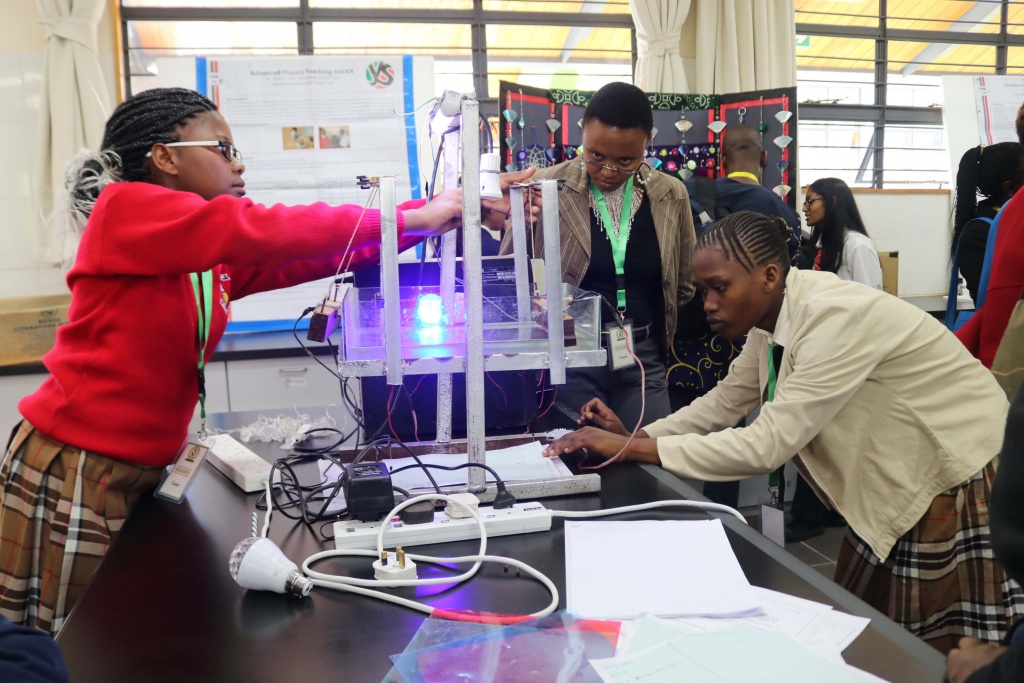STEM Education: the teacher-figure!
A “teacher-figure” is part of one’s life right from child-hood through life. This is in form of parents, school teachers, siblings, friends and even strangers. The “teacher-figure” is a beacon of light that guides and shapes one into the desirable person for holistic socio-economic development of a nation. The demand for quality education continues to increase globally, so does the importance of teaching and an accomplished “teacher-figure”. In the foregoing context, is the Science, Technology, Engineering and Mathematics (STEM) education teacher-figure.

It is a well- known fact that STEM education, is a multidisciplinary approach of teaching and learning that holistically prepares learners to think critically, solve complex problems, and drive advancements in science and technology. STEM education goes beyond the confines of a physical classroom, and in the hands of an innovative teacher-figure scenarios are created to bring out the best in learners to solve real life problems. Learners in such lesson experiences encounter scenarios similar to what they experience at home, with parents, siblings, friends or professionals in the market place. Lessons need to provide experiential learning with learners engaged in hands-on activities such as; coding, performing scientific and Artificial Intelligence (AI) experiments, making and connecting circuit boards, applying scientific knowledge to solve real life problems, working artfully to generate new innovations and deriving mathematical theorems from first principles. The STEM teacher is a key figure in nurturing the students’ abilities to analyse and solve problems. Moreover, helping learners link STEM lessons to daily activities
The question is, are all trained teachers able to design and implement successful STEM lessons? Do we assume that a teacher for instance of secondary or primary mathematics and science once trained and qualified to teach the respective levels, possesses requisite knowledge and skills to implement STEM education? Remember that an accomplished STEM subjects’ teacher must have the necessary understanding of the multi-disciplinary approach and draw examples from experiences to facilitate effective learning. The importance of a teacher-figure with capacity to design and implement STEM lessons cannot be gainsaid. This begs the question; what makes a good or a great STEM teacher? Answering this question will help governments in Africa to invest strategically in teacher capacity development to enhance implementation of STEM education. Look out for our next blog as we attempt to answer the foregoing concerns.
